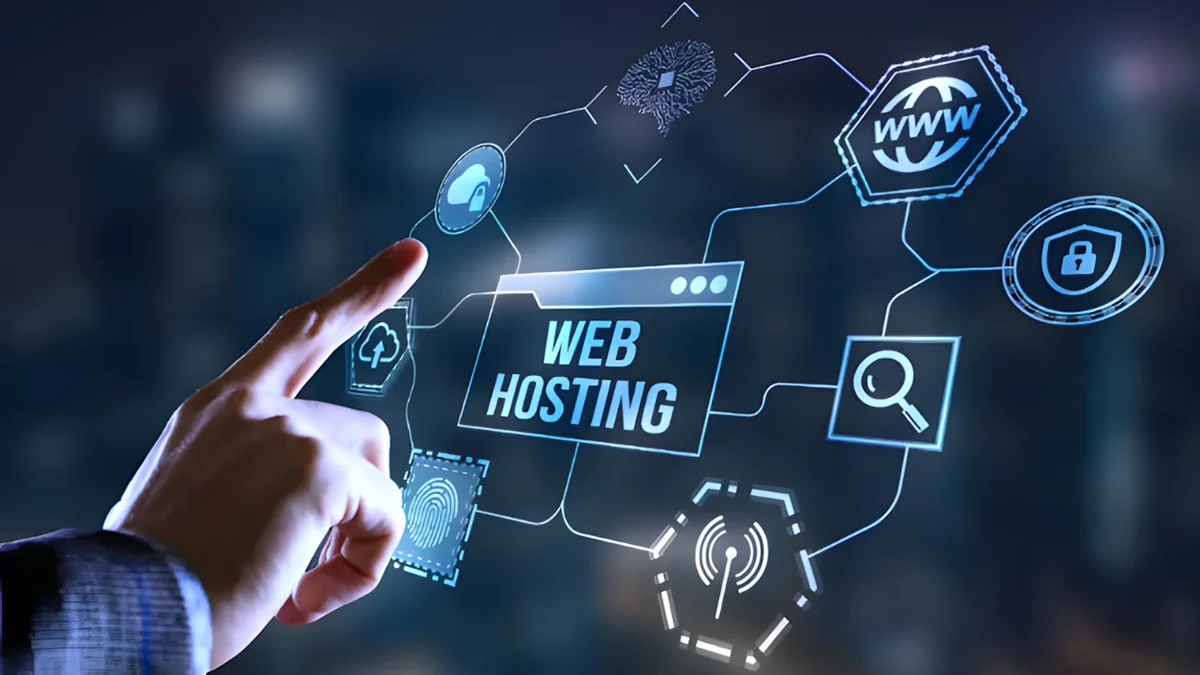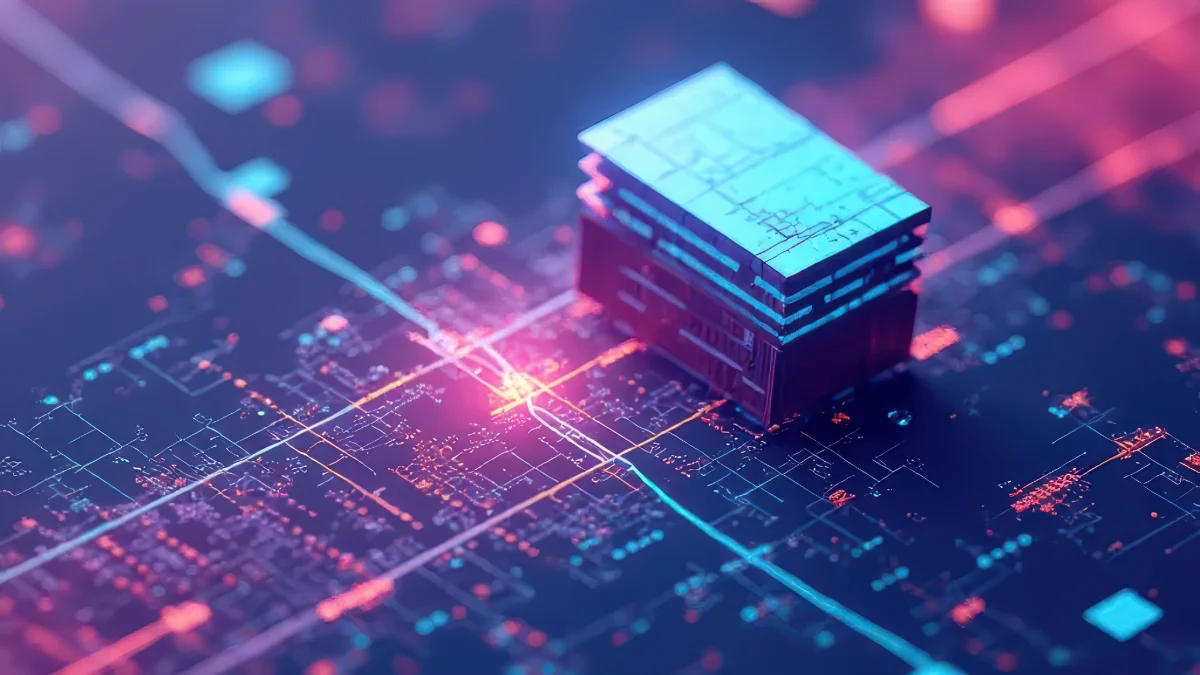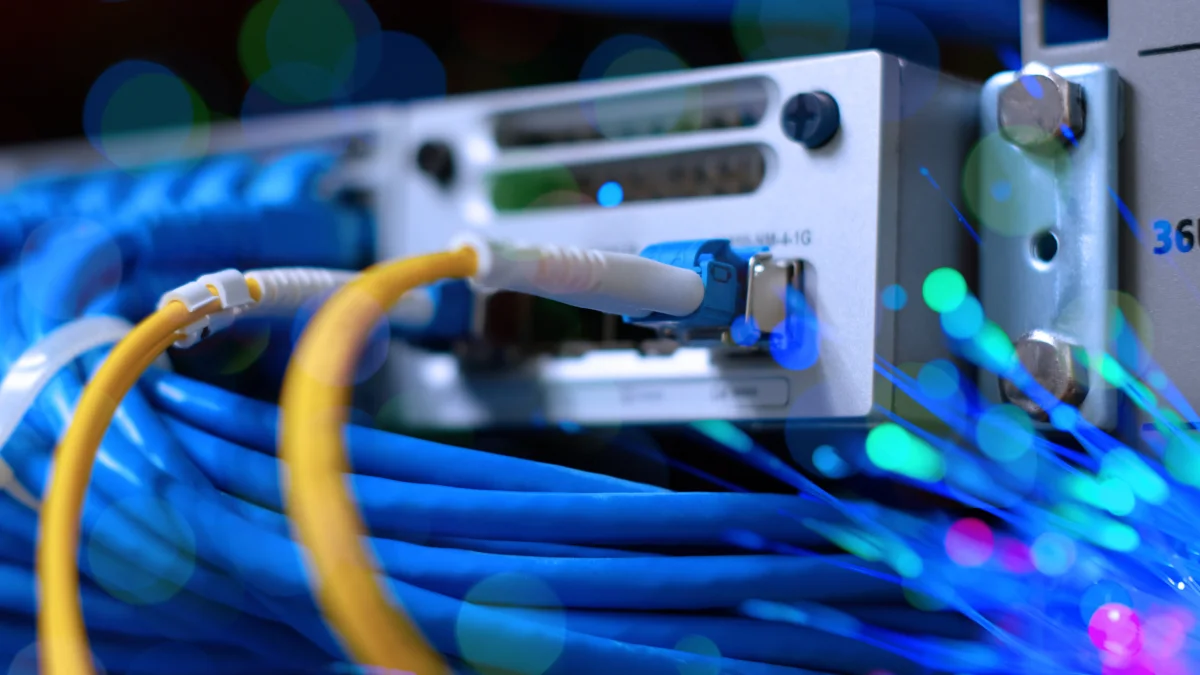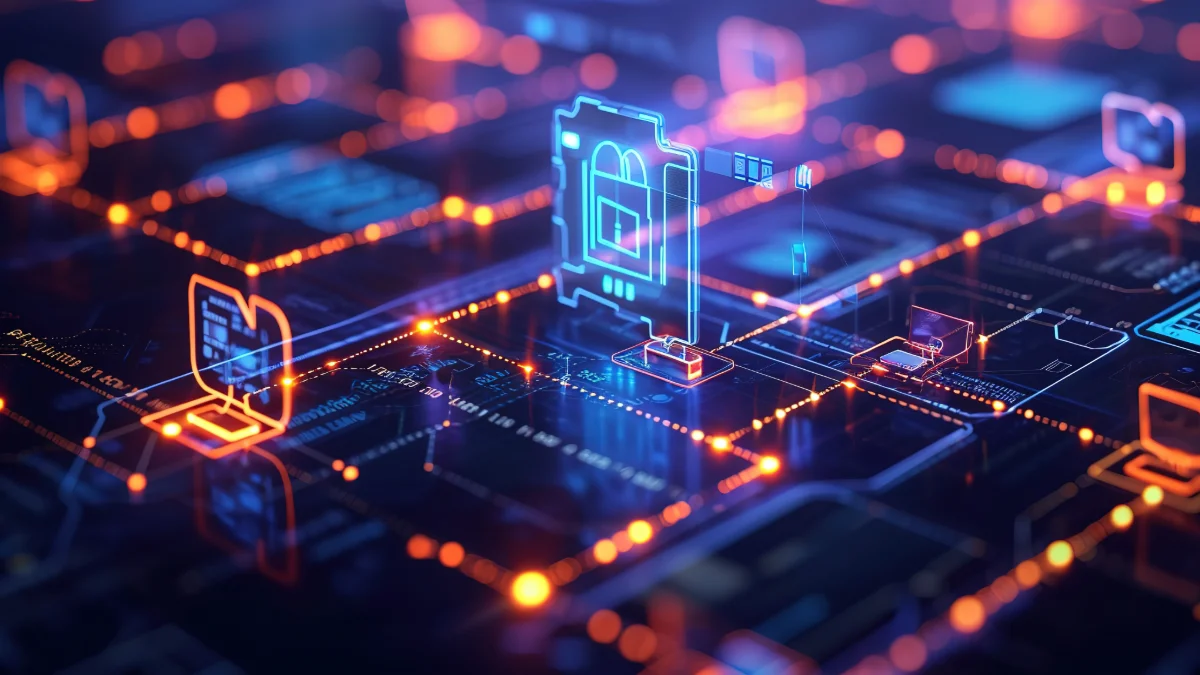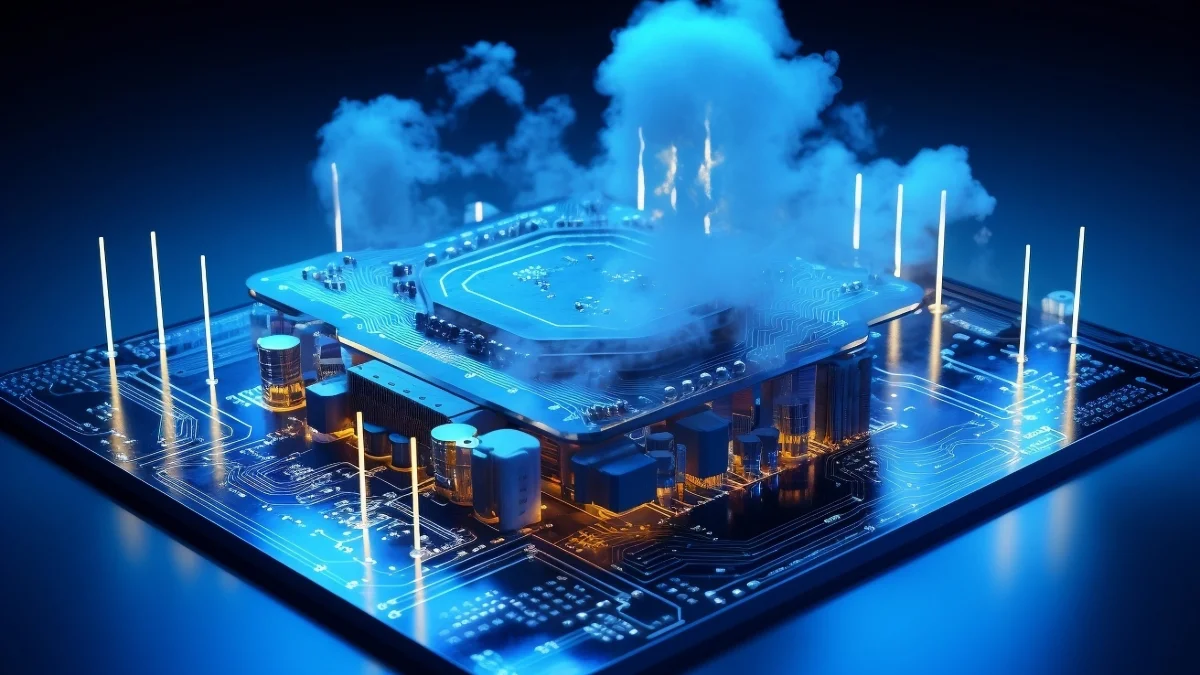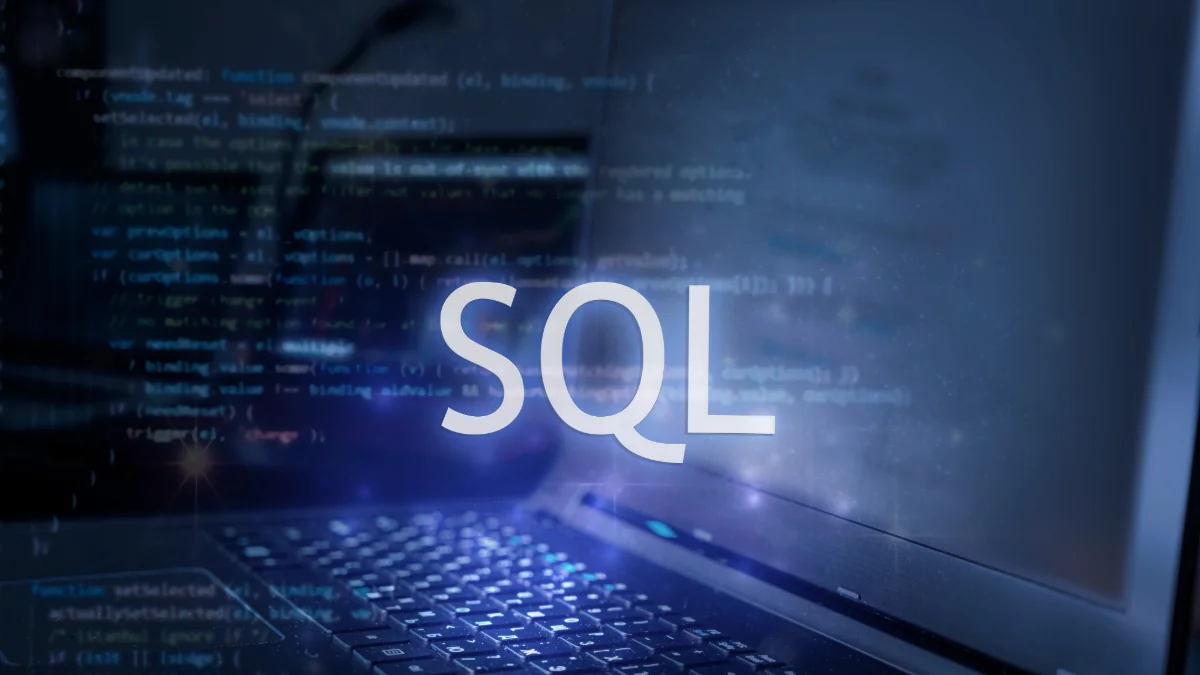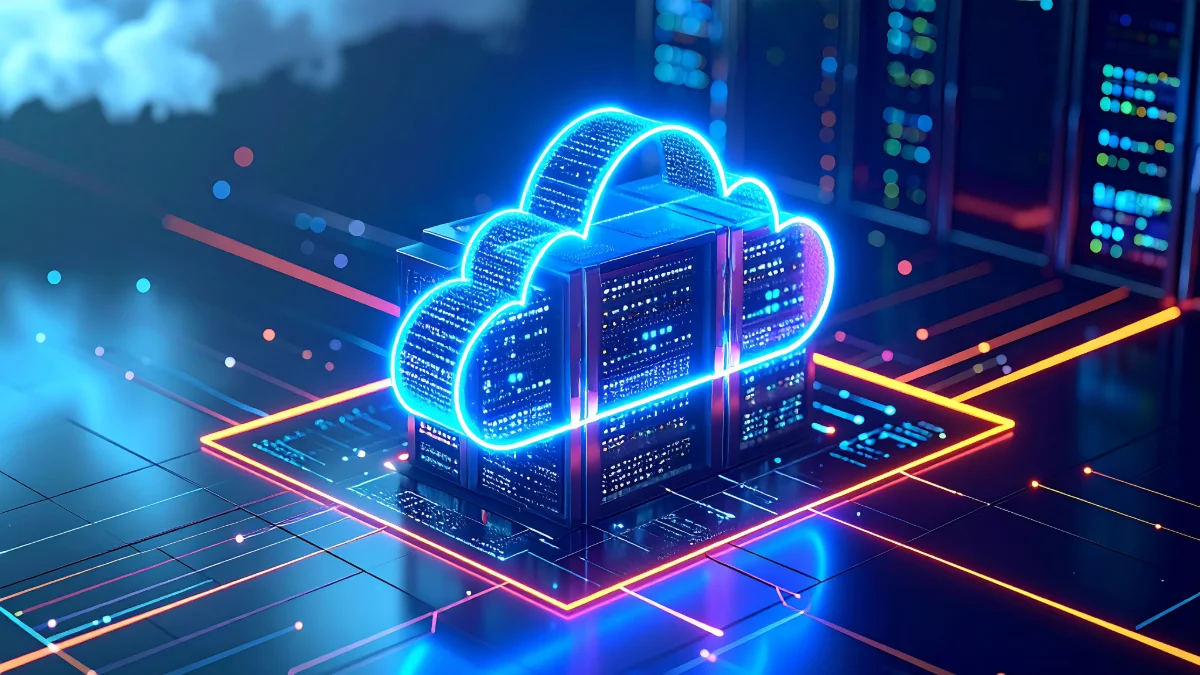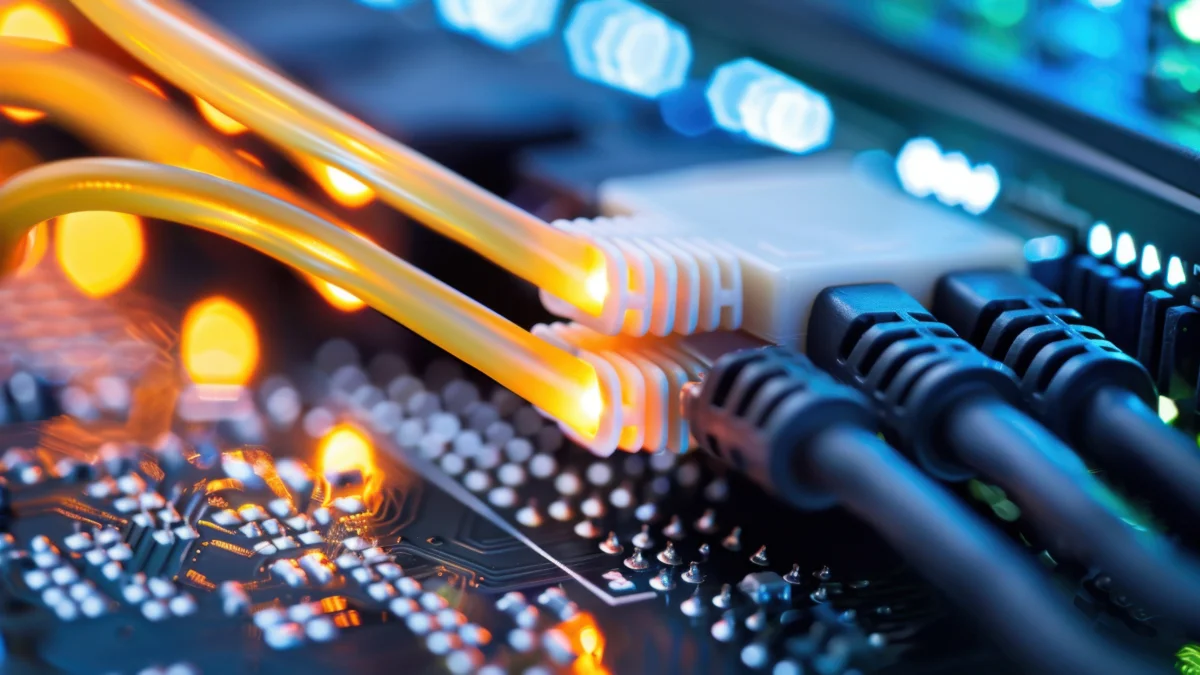What Are the Types of Operating Systems?
Software responsible for managing core components such as the motherboard, processor, memory, storage unit, graphics card, power supply, and case, while also enabling access to computer resources, is called an operating system. Covering functions ranging from file management to providing the user interface, the answer to what is an operating system can be explored in detail in the following sections. By continuing to read, you can also find answers to questions such as how does an operating system work, what operating systems exist for computers, mobile devices, servers, and gaming consoles, and what Linux operating system means, alongside examples like Windows, Pardus, iOS, FreeBSD, and Android.
As briefly mentioned above, operating systems are not only present on computers but are also found on mobile devices, servers, and gaming consoles. Each operating system type is designed to serve different purposes. Details on these various types can be found in the lists below.
Computer Operating Systems
Computer operating systems act as a bridge between hardware and the user on desktop and laptop devices. Each operating system offers different features, interfaces, and ease of use. Here are the most widely used computer operating systems!
- Windows: The Windows operating system, as the name suggests, is developed by Microsoft and is one of the most widely used systems globally. With its user-friendly interface and extensive software and gaming support, Windows OS is preferred by both individual users and organizations.
- Linux Distributions: Developed on the open-source Linux kernel, distributions such as Ubuntu, Fedora, Debian, CentOS, and Arch Linux offer customized versions tailored to different user needs. Due to its security and flexibility, Linux is particularly favored by developers, system administrators, and server environments.
- macOS: Considered among the best operating systems, macOS is developed by Apple and known for its Unix-based architecture. With strong security measures, a user-friendly interface, and seamless integration with the Apple ecosystem, macOS is highly popular among designers and professionals.
- Unix: Developed in the 1960s, Unix forms the foundation of modern operating systems. Renowned for its stability and security, Unix is widely used in enterprise servers, high-security infrastructures, and academic research environments.
- ChromeOS: Developed by Google, ChromeOS is a cloud-based operating system built on the Linux kernel. Its lightweight structure, fast boot, and compatibility with Google applications make it ideal for educational institutions and basic computer users.
- FreeBSD: FreeBSD is an open-source, Unix-derived operating system distinguished by advanced security, performance, and network management capabilities. Thanks to these features, it is widely used on servers, network devices, and security-focused systems.
- FreeDOS: An open-source, DOS-compatible operating system, FreeDOS is designed for users who want to run legacy DOS applications and games. Unlike modern operating systems, it provides historical compatibility and legacy software support.
Mobile Operating Systems
Just like computers, mobile devices also have their own operating systems. Below is a list with details on the most widely known and used mobile operating systems.
- iOS: Developed by Apple, iOS runs exclusively on Apple devices such as iPhones and iPads. With strong security measures, smooth performance, and a vast application ecosystem on the App Store, iOS is one of the most popular mobile operating systems today.
- Android: Developed by Google, Android is the most widely used mobile operating system globally, thanks to its open-source architecture. Preferred by manufacturers such as Samsung, Xiaomi, and Oppo, Android stands out for its application diversity and customization options.
- HarmonyOS: Developed by Huawei, HarmonyOS emerged as an alternative to Android, particularly after U.S. sanctions. It runs on Huawei and Honor devices and is designed to be compatible with IoT devices, smartwatches, and TVs.
- KaiOS: Designed for low-spec devices, KaiOS powers feature phones with smart capabilities. It supports essential applications such as WhatsApp, YouTube, and Google Maps, offering a smartphone-like experience on budget devices.
Specialized Operating Systems
Specialized operating systems are typically designed for enterprises, large-scale organizations, or specific use cases rather than standard consumers. These systems are known for their strong features in security, performance, virtualization, and enterprise solutions.
- Windows Server: Developed by Microsoft, Windows Server is a server-focused operating system used for network management, Active Directory, data storage, web services, and enterprise applications.
- Red Hat Enterprise Linux (RHEL): A commercial Linux distribution developed by Red Hat, RHEL stands out for enterprise-level security, scalability, and long-term support.
- Oracle Solaris: Developed by Oracle, Solaris is a Unix-based operating system optimized for high-security, data management, and large-scale data centers.
- IBM AIX: IBM AIX is a Unix-based operating system developed by IBM, optimized for enterprise servers and mission-critical workloads.
- VMware ESXi: A bare-metal hypervisor (Type 1) based virtualization platform designed for running multiple virtual machines on a single physical server.
Gaming Console Operating Systems
Gaming consoles are specifically designed to deliver maximum entertainment and gaming performance, supported by dedicated operating systems. These systems enhance graphics performance, online gaming services, multimedia features, and user-friendly interfaces. Details on these systems are listed below:
- PlayStation OS: Developed by Sony, this operating system powers PlayStation consoles, offering high-quality graphics, PlayStation Network integration, and multimedia features.
- Xbox OS: Developed by Microsoft, this system runs on Xbox consoles. With its similarity to the Windows architecture, Xbox OS provides fast updates, Xbox Live services, and multitasking support.
- Nintendo Switch OS: A lightweight and fast operating system developed by Nintendo, it works in both handheld and desktop modes with a flexible interface and Nintendo eShop integration, making it popular among users.







